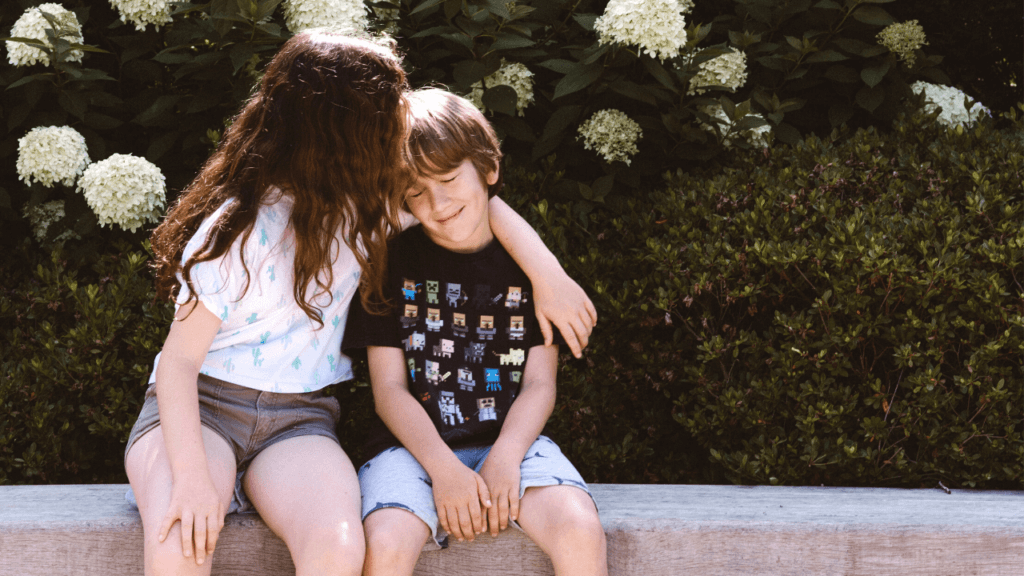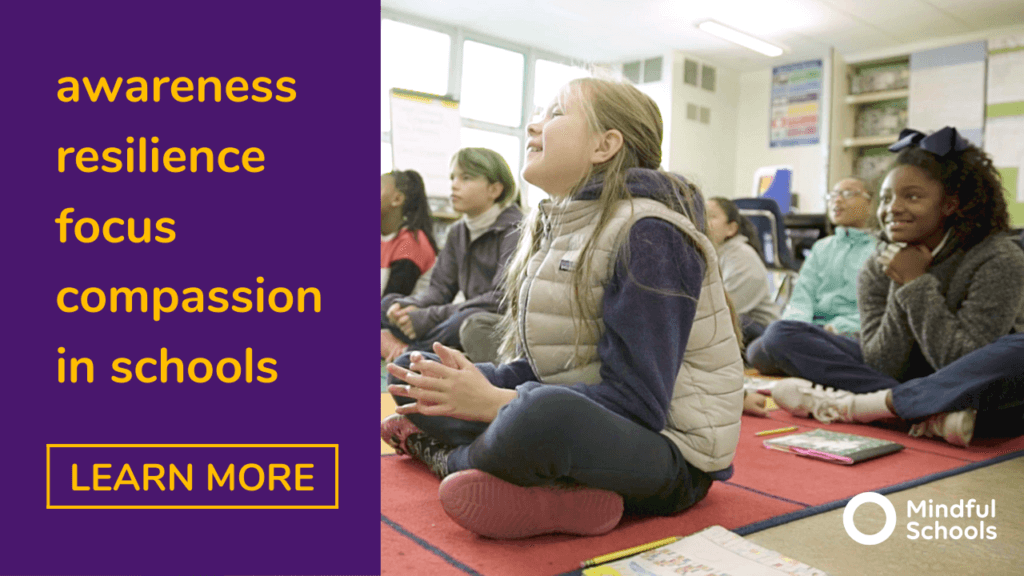
The negativity bias is the fact that we’re all hardwired to see the negative more than the positive. Our brains naturally focus more on bad or unpleasant things, remembering them longer. To put it in kid-friendly language: bad thoughts are sticky! Right now, bad thoughts are stickier and more plentiful than ever.
There’s good news: once kids know about the negativity bias, they can do something about it. Here are some tools to help them feel less overwhelmed by stress and negativity:
1. Teach them about negativity bias.
When we teach children that bad thoughts are stickier than good ones, they can understand what’s happening in their brains. This helps them let go of blaming themselves or feeling bad about feeling bad. Learning about the negativity bias lets them see that sometimes, their brains aren’t representing the whole picture. Then they can choose how much attention to give those sticky thoughts.
2. Acknowledge their feelings.
We want to assure them it’s okay to feel however they feel: sad, lonely, frustrated at the pandemic. When they’re upset, try to resist the urge to spare them pain (“there’s nothing to be scared about”). Instead acknowledge and validate their feelings, (“I hear you, you’re scared. Being scared is scary isn’t it? Want to talk about it?”). Encourage them to name their emotions. Research shows that naming emotions helps decrease their power over us, helping us respond deliberately rather than feeling hijacked by feelings or getting mired in the thoughts that fuel them.
Article continues below
Change the future of education. Educators, explore how to bring mindfulness to your K-12 classroom.
3. Teach and explore neuroplasticity.
Neuroplasticity is the brain’s ability to change and adapt based on experience. Kids often thrive with the knowledge that they can actually change the structure and function of their brains just by paying attention in a different way. This can help children regain a sense of control, even when things feel chaotic.
For adolescents, you can explain how mindful attention can strengthen the prefrontal cortex (the part of the brain that controls decision-making and emotional regulation) and can decrease the size of the amygdala (the brain’s alarm bell). Given that teenage brains are largely ruled by the reactive amygdala, this can help teens regain some sense of agency and security.
For younger kids, explain that they have brain-changing powers! Bad thoughts are stickier than good ones but they can do something about it! They can practice and get better at qualities like patience or kindness just like they can improve at karate or guitar. They can’t change the current situation but they can choose how to respond to it.
4. Practice together.
There are so many little and not-so-little things you can do together to overcome the negativity bias and find more balance.
- Find the good. Take time to deliberately focus on the good: discuss some of the positive outcomes that have happened due to the pandemic, seek out good news websites or videos, highlight people that are helping and making a difference, or simply focus on enjoying that ice cream cone or laughing together.
- Create special moments. Setting aside time to go for a walk, listen to music, or make a dessert together helps them feel secure and safe.
- Change their relationship to negative things. Wearing masks and washing hands can be a painful reminder of everything we’re missing right now. Having a mask-decorating contest or focusing on how good handwashing can feel helps create positive associations and good feelings amid challenging situations.
The world is overwhelming right now, for kids and adults alike, but understanding the habits of our brains gives us more say in how those habits affect us. We don’t have to feel bad about feeling bad, and we can choose what we want our brains to practice and get good at. These skills will serve us and our kids long after Covid is over and we go back to our regularly scheduled stress.
Dr. Nicole Libin is a certified mindfulness educator, adjunct professor and author of Sticky Brains (a mindfulness and neuroplasticity storybook for kids), Mindful Parenting in a Chaotic World and 5-Minute Mindfulness Meditations for Teens. She has led mindfulness workshops, classes, and retreats for adults, adolescents, and children and anyone else who will let her stop and take a breath with them. She has taught and designed mindfulness curricula and other programs for Mindful Schools, Mount Royal University, and private organizations.

